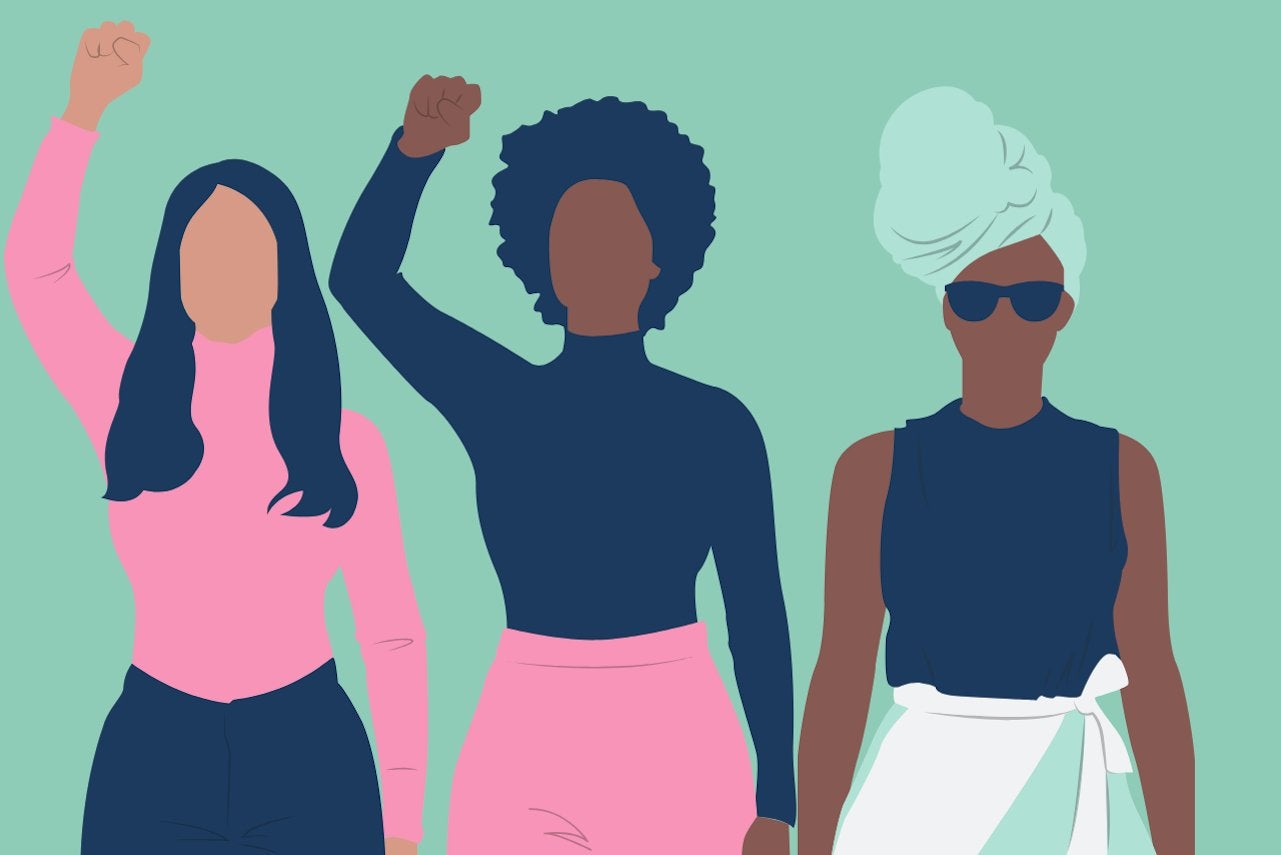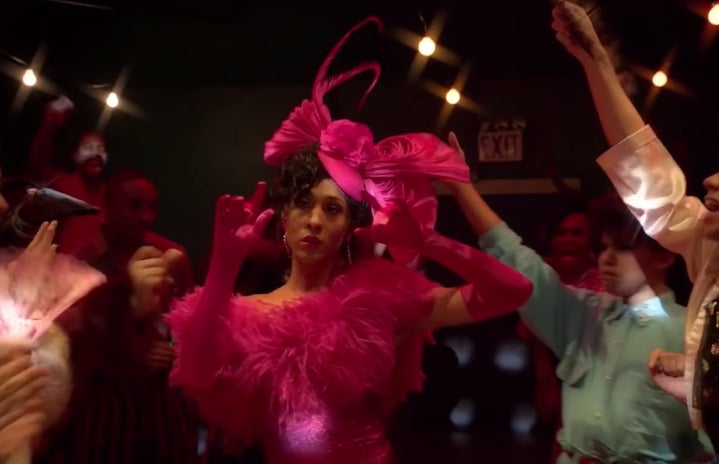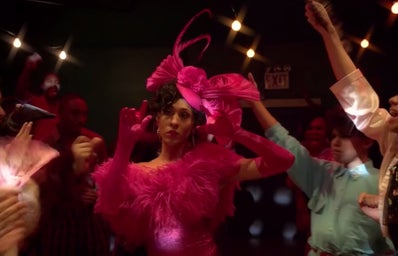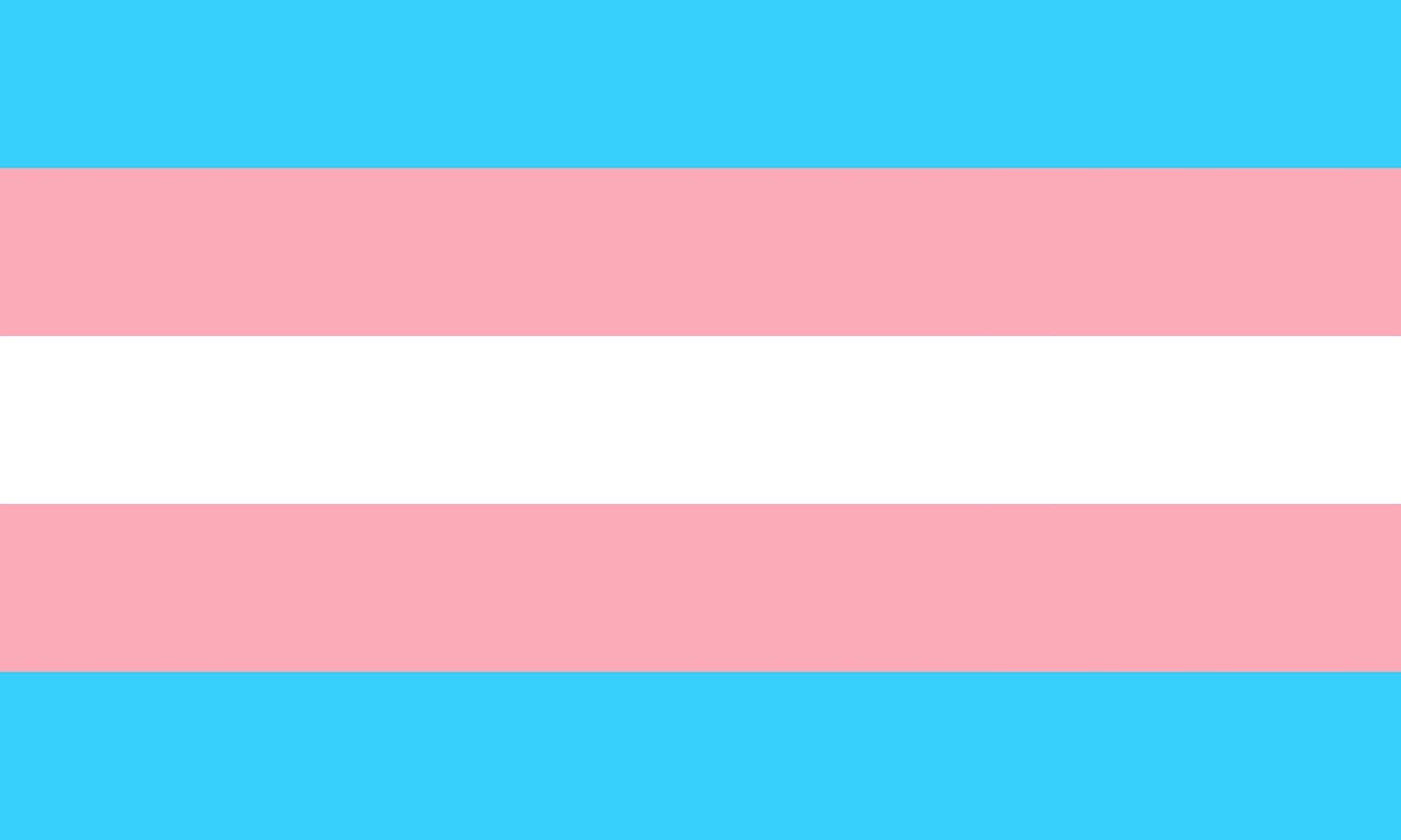Unless you’ve been living under a rock for the past couple of years, you’ve probably heard of the television series, POSE. First airing in 2018, the groundbreaking series was met with critical acclaim. The FX show has the largest transgender cast in television history, featuring talent like Indya Moore, MJ Rodriguez, and Dominique Jackson, all of whom identify as transgender. POSE had me hooked from the get-go; extravagance drips off of every second of this transformative show. The series gives viewers a taste of the 1980’s ballroom culture in New York City as well as a glimpse into the lives of the queer folk who occupied these spaces during this time. Ballroom culture—more commonly known as drag culture today—has a rich, often untold history, which is why POSE is crucial in the fight for accurate, truthful queer narratives in media. Although it’s not necessary, having an understanding of the 80’s ballroom scene gives a different lens to view the show through. So, here’s a crash course in ballroom culture to prepare you for your journey into the world of POSE.
Ballroom, which originated in 1920’s New York, began as an act of defiance against gender-nonconforming discrimination, particularly the illegality of cross-dressing. It became an underground network of societal outcasts looking for community. Although segregation infiltrated nearly every public arena in the 1920s, balls started off integrated. That being said, Black and Latinx folk were still heavily discriminated against and the normative racist ideologies seeped into the ballroom scene. Because people of color were receiving less than welcoming attitudes toward their participation in these balls, they decided to branch off, creating a culture more inclusive and full of community. This separation led to the creation of “houses,” which act as an alternative family for queer people who were ostracized and outcast from their blood families or original communities. POSE focuses in on the individual houses in the series, giving a beautiful look into the love, support, and protection offered through found families. This concept is universal in the LGBTQ+ community, being that many queer folks—often queer youth—are kicked out of their homes for living their truth. Found families create strong, necessary bonds for LGBTQ+ people to survive and thrive.

Balls, which are competitions in which individuals and houses “walk” and “pose” to receive scores from the judges, were held frequently. Winning the grand prize resulted in prestige and respect for one’s house. There are different categories, many of which provide commentary on race, class, and gender, all of which have different rules and requirements. The judging is ruthless and based on fierceness, commitment, and vogueing.
An important part of the history of ballroom is its association with the HIV/AIDS crisis in the 1980s. HIV/AIDS disproportionately affected gay men and trans women, especially if they were of color. Because HIV/AIDS was under-researched and heavily stigmatized, people who contracted the disease were treated with disrespect and disgust, often left to die alone and afraid. The ballroom scene provided a place for queer folk who were diagnosed and living in fear to receive comfort and community from people who identified similar struggles.
POSE is a brilliant piece of art with historical significance. In a time when queer representation can feel incomplete and exploitive, it’s refreshing to see media that opens the audience’s minds to queer history while representing and actively supporting queer folk.




